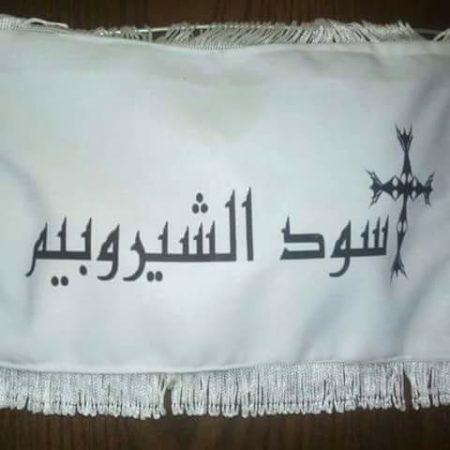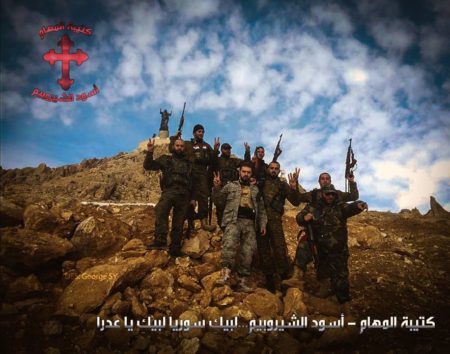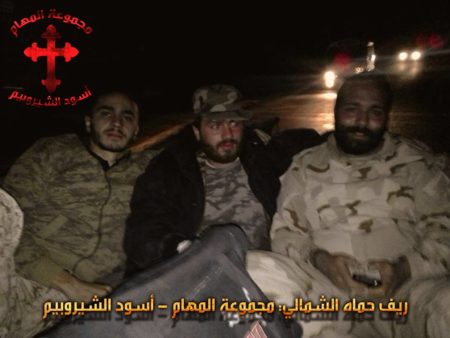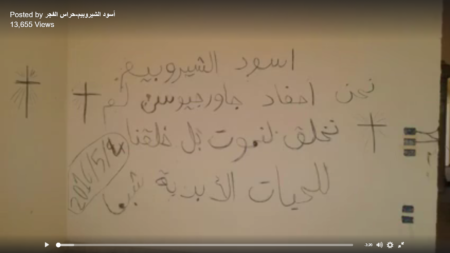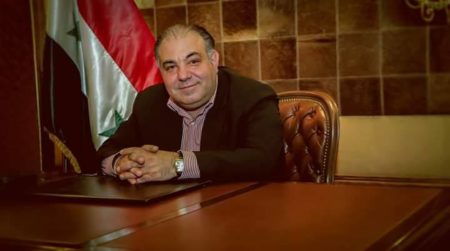A Post-National Framework for Peace and Stability in the Middle East – by Sam Farah
Posted by Joshua on Saturday, January 28th, 2017

Sam Farah
A Post-National Framework for Peace and Stability in the Middle East
Sam Farah – txtwxe@google.com
For Syria Comment – January 2017
The Syrian crisis, about to enter its sixth year, has created the largest humanitarian disaster since the Cold War, causing hundreds of thousands of deaths and creating the worst refugee crisis of our generation. Yet, the Syrian crisis is hardly the only fire burning in the Middle East. Since the beginning of the 20th century, the Middle East has been stuck in endless wars and an ever-worsening cycle of violence and extremism.
Beyond the devastating human cost of these conflicts, instability in the Middle East has the potential to destroy the global order. In his recent article “Toward a Global Realignment,” Zbigniew Brzezinski warns that if not contained the current violence in the Middle East can spread to Russia’s southern and eastern territories as well as the western portion of China.[1] Mr. Brzezinski is not the only one sounding alarms about the increasing instability in the Middle East. General David Petraeus has described the Syrian conflict as a “Chernobyl, a potential geo-strategic catastrophe.”[2] The flood of refugees into Europe was a major driver behind Brexit and the rise of nationalism across Europe, which threatens to unravel the continent’s post-nationalistic framework.
Mr. Brzezinski warns that America’s quest for a one-sided militarily and ideologically imposed outcome in the Middle East is an act of prolonged and self-destructive futility. Instead Mr. Brzezinski encourages the United States to forge a cooperative relationship with Russia, China, and the EU, who can partner with more established and historically rooted countries in the Middle East to shape a wider framework for regional stability.
The Current Framework of the Middle East
The framework for the Middle East was laid out at the beginning of the 20th century with the fall of the Ottoman Empire, mostly on a nationalistic basis.
Nationalism is defined as a political movement to unite people into nations based on shared language, race or religion. This idea emerged in Europe in the 19th century, and spread to the Middle East in the early 20th. Nationalism held that the boundaries of a nation should as much as possible coincide with one culture.
The Armenians and Assyrians were the first victims of nationalism in the Middle East. The Young Turks, in an effort to Turkify the new republic, executed a systematic campaign to exterminate the Assyrians and Armenians from eastern Turkey, a plateau they had inhabited for 3,000 years. As many as 1.5 million people were killed in what is today known as the Armenian Genocide.
Two other nationalist movements, Arab nationalism and Zionism, were also gathering strength and about to collide. Zionism was born in Europe in the 19th century. Its founder, Theodore Herzl, was once a member of the German nationalist fraternity (Burschenschaft). Zionism’s founding was not a reaction to the Holocaust, which occurred 40 years after the Zionist movement emerged. It was a nationalist movement to build a nation for the Jewish people. David Ben-Gurion, who was born in Poland, and then immigrated to Israel in 1906, wrote (quoted in Wikiquote, 2016), “For many of us, anti-Semitic feeling had little to do with our dedication to Zionism. I personally never suffered anti-Semitic persecution. We emigrated not for negative reasons of escape but for the positive purpose of rebuilding a homeland.”[3]
European-educated Arab intellectuals from the Levant were also eager to establish an Arab homeland. In 1911, they founded the Young Arab Society, Al Fatat, in Paris. Their goal was to gain independence and unify Arab territory under the Ottoman Empire.
In 1919, Ben-Gurion (quoted in Wikiquote, 2016) wrote, “We, as a nation, want this country to be ours; the Arabs, as a nation, want this country to be theirs.”[4] Tensions between Arabs and Jews grew. In 1947, the Arabs rejected the UN partition plans for Palestine, and Arab nationalists vowed to eradicate the new Zionist entity. Between 1947 and 1949, more than 700,000 Palestinians were expelled from their homes. Later, a series of laws in the newly declared state of Israel prevented them from returning to their homes or claiming their properties. Towns and streets, which had traditionally carried Arabic names, were given Hebrew ones. Against this backdrop, the Arab-Israeli conflict has continued for 67 years.
Kurdish nationalists have demanded a homeland partitioned out of territories in parts of Iraq, Iran, Turkey, and Syria. The Kurdish-Turkish war, which has escalated with the Syrian crisis, has caused tens of thousands of deaths and created masses of refugees. Turkey, in its effort to combat Kurdish nationalism, has restricted the use of the Kurdish language in Turkey. At one point the Kurdish language, dress, folklore, and names were prohibited.
Today, the Arab countries of the Levant have collapsed into proxy, sectarian and civil wars. In the Middle East there are three competing regional projects, all exacerbating the regional conflicts and contributing to the radicalization of the population. Turkey’s Neo-Ottomanists are trying to extend Turkey’s influence in the Middle East; Iran cloaked in a Shia theocracy is extending its regional influence through a network of proxies and regional allies; and Israel remains strongly nationalist and is becoming increasingly right wing. In the middle of this regional dysfunction, ISIS has sprung up with an appalling mix of fascism and religious extremism, and Al Qaeda has gained a foothold on the Mediterranean.
Religious radicalism and terrorism thrive in the Middle East today. These conflicts are polarizing and each side rallies its base using the most divisive issues, often religion. The governments of Iran, Turkey and Saudi Arabia have all been accused or are at least suspected of supporting the most sectarian, often-terrorist groups, even ISIS, in their bid for regional influence.
While the Middle East is becoming increasingly unstable, its strategic importance as an oil supplier to the United Stated is diminishing. According to the International Energy Agency’s World Energy Outlook, the United States will surpass Saudi Arabia as the biggest oil producer by the end of this decade, and will become self-sufficient in energy production by 2035.[5] The United States’ shift away from the Middle East started during the Obama administration as it pivoted to Asia. An estimated $5 trillion, $1.2 trillion of which is in American goods, is traded through the South China Sea shipping lanes each year, which is a vital national security interest for the United States. President Donald Trump also campaigned with the promise that the United States would disengage from the Middle East and prioritize fighting terrorism. The continued crises in the region however, risks sucking the United States back into the Middle East.
A stable Middle East is of vital importance to China. It is estimated that there are around 5000 Chinese from the Uighur region fighting alongside radical Islamic groups in Syria. The recent suicide attack against the Chinese embassy in the Bishkek, Kyrgyzstan was ordered by Uighur militants active in Syria.[6] China, Japan, South Korea and Taiwan are, and will be for the foreseeable future, heavily dependent on the flow of oil passing through the Strait of Hormuz. The E.U. is in desperate need of stability in the Middle East as well. They are struggling to deal with the flood of immigrants coming from the region and with the threat of radicalized European Jihadists fighting in Syria. In many proxy wars, regional players manipulate their external backers and not the other way around.[7] None of these major powers wants to be dragged into these conflicts in the Middle East as long as their geostrategic interests are protected.
A New Framework
Many blame the current arbitrary borders of the Middle East for its many troubles. The British and the French drew up these borders after the defeat of the Ottoman Empire. In the early 1900s under Ottoman rule there were provinces – Baghdad, Basra, and Mosul – that corresponded to today’s Iraq. The other provinces were those of Damascus, Beirut, Aleppo, and Deir al Zor, plus the district of Jerusalem, which had special administrative status. These areas included today’s Syria, Lebanon, and much of Jordan, Israel and Palestine. Mixed communities with a myriad number of religions, sects, and ethnicities populated these provinces. The new colonial borders divided communities and restricted the movement of people and commerce, but they were not a cause of war. It was the nationalists who caused wars. The territorial claims of the different nationalist movements that sprung up in the late 19th and early 20th century overlapped and set the stage for conflict.
Nationalism as a cause of war, authoritarianism, and racism is well established. The role of nationalism in European wars, including the two world wars, is well documented. After decades of war, Europe had to build a new framework for a lasting peace. It began with the Schuman Declaration in 1950. It laid the foundation of the European Coal and Steel Community (ECSC) the first supra-nationalist organization in history. Pooling coal and steel production – in the words of the Declaration – made war between historic rivals “not merely unthinkable, but materially impossible.”[8]Then through successive steps including de-emphasized borders, Europe led the world in pioneering a post-nationalist experiment and established peace.Post-nationalism is also the best framework to resolve the myriad conflicts in the Middle East.
Candidate Countries
The selection of countries for this new framework aims to defuse existing tensions that exacerbate the current conflicts and fuel extremism. These countries are Turkey, Iran, Israel, Syria, Palestine, Lebanon, Iraq, and Jordan. Membership in the bloc would be available on a rolling basis and might include other countries like Egypt, whose membership could provide a tripartite peace with Iran and Turkey to anchor the new bloc. Alternatively, Egypt could be part of a North African bloc. Armenia should be considered for membership in this new bloc as well. Armenians were the first victims of nationalism in the Middle East and deemphasizing its border with Turkey would give Armenians peaceful access to areas they have been forced out of including the revered Mount Ararat.
The Gulf Cooperation Council countries (GCC) would continue to develop their own relationships and would not be part of this proposed post-nationalist bloc. Historically, the GCC’s main strategic threats have been Arab nationalism, pan-Islamic movements, and Iran. All these risks would be reduced with the creation of the proposed post-nationalist bloc.
The Pillars of the New Framework
While this proposed framework borrows heavily from the European experience, it is not a proposed union. This proposed framework is built with a series of multilateral agreements between the named countries aimed at replacing the current framework which is built of nationalistic bases with a post nationalist framework built on three pillars, deemphasizing borders, multiculturalism, and regional projects.
In this new bloc, borders would be frozen where they are and deemphasized, with the ultimate goal of guaranteeing the free movement of capital, people, goods and service within the bloc. Borrowing from the example of the ECSC, a regional body would be created to manage the region’s water and energy resources, as well as transit roots for energy from the Gulf area and Russia to the West. All these, especially water rights, are a source of conflict, and are best managed on a regional basis. According to scientists with the World Resource Institute (WRI), water shortages are expected to intensify and will exacerbate conflicts. Israel, Lebanon, Jordan, Syria and Turkey will all be facing severe water stress by 2040, according to the WRI.[9] Combating terrorism will likewise be a focus of cooperative police forces in the region. Multiculturalism is the third pillar of this new framework, and is the antithesis of nationalism. Where nationalists aim for the primacy of their culture and language in specific regions, often to the exclusion of others, multiculturalism is the celebration of all cultures and religions as equals. Multiculturalism is not meant to mix different cultures and religions together to create a new identity, nor does it weaken people’s connection to their religion and traditions. The Europeans paid special attention to this issue when structuring their post nationalist framework. They made multiculturalism a foundation of their new post-nationalist framework. In contrast with the nationalistic fervor of old Europe that emphasized language as a central part of national identity, in the E.U. there is no official language. All of the 24 languages spoken in the E.U. region are official E.U. languages.[10] Post-nationalism is a different polity than pre-nationalists empires many of which were also composed of many cultures and religions like the Ottoman empire. Those Empires were governed by one religious group or one clan.
This new proposed framework for the Middle East would not simply replicate the E.U.; greater autonomy would be granted to local governments, and a single currency is not necessary for a post-nationalist framework. This is also not a proposed military pact, and is not an invitation to disarmament. Countries in this new proposed bloc will maintain their military treaties with non- member countries, such as Russia’s agreements with Syria and the United States’ agreements with Turkey.
Creating a new bloc with deemphasized borders, regional projects, and multiculturalism should defuse most of the regional conflicts. Since Iran is a majority Shia country, and Turkey is a majority Sunni country, the focus of the countries in this new-shared bloc will be on the shared values of both religions. Christianity and Judaism also share the values that are common to these two forms of Islam. This should defuse religious extremism as well. The conflicts of the Middle East today are regional, the Kurdish question, the Israel-Palestinian conflict, and the Syrian crisis are all regional, zero-sum conflicts. Regional conflicts require regional solutions.
A Prerequisite for Peace not a Product of Peace
Some believe that post nationalism will be the result of peace and that creating a post-nationalist bloc would be putting the cart before the horse. The European experience proves otherwise. After decades of conflicts and two world wars, Europeans sought an escape from the nationalism that had devastated the continent. The political elite took the lead in the search for a new structure for governance. The result was the E.U., a pioneering experiment in interdependence and multiculturalism. In 2012, the E.U. was awarded the Nobel Peace Prize. Explaining the Nobel Committee’s decision, Chairman Thorbjorn Jagland argued that the E.U. has transformed Europe, “from a continent of wars to a continent of peace.”[11] While it is possible to argue about the economics of the project, such arguments ignore the fact that the purpose of the E.U. was to prevent war. The Middle East has transitioned from a religious empire to a region torn by nationalism, now it needs to move toward post nationalism as its third political act, to bring stability to the region.
The Alternative
Many have argued that the promotion of liberal democracies is a precondition to peace in the Middle East, and the neoconservatives have pushed for regime change in many countries in the region, only to see violence, and extremism reach new heights. Peace building by focusing individual conflict has yielded precious little despite decades of international efforts. Alternately, the region could undergo further segregation and population transfer as proposed by people such as Michael Bernstam.[12] This approach will lead to ethnic cleansing and the creation of small warring, unsustainable states.
How do we get there?
It took Europe a cataclysmic war to abandon nationalism and seek an alternative framework. Moving the Middle East to a post nationalist structure will require that the regional actors be exhausted by and realize the futility of the current wars. It will also require a paradigm shift in thinking both inside and outside the region.
Post nationalism in Europe remains a deeply misunderstood process in the Middle East. Many on the left believe that the E.U. is a capitalistmanifestation to create open markets and help big business. Islamists see it as areconstitution of Christendom. And nationalists are still attached to their dreamsand view the E.U. as a union of mature nations that have already achieved theirnationalist aspirations. Middle Eastern nationalists also argue thattheir brand of nationalism is different than the European variety. Arabs argue that theirnationalism is rooted in liberation nationalism and that the Zionists use the Holocaustas a reason to hold on to their nationalist project. But all these views ignore the history of the development of post nationalism in Europe, and the history ofnationalism in the Middle East.
Work on the new framework should be initiated by local politicians, most likely from Iran and Turkey, with the consent of the major global powers. It would involve direct negotiations between potential member nations on the first steps toward and the overall parameters of the new structure. The E.U. can provide technical expertise, drawing on it vast experience in regional post nationalist frameworks. Other countries, most importantly Israel and Syria, can join these negotiations. It will be an evolving project that will be built one treaty at a time with an overarching goal of replacing the current zero sum structure with a new post nationalist framework. Peace-building institutes, like the Carter Center and The Norwegian Center for Conflict Resolution (NOREF), can take a leading role by hosting politicians and activists from the region to explore and promote this new solution.
Potential Obstacles
There will be resistance to such new framework from Islamists and nationalists inside the region. There are also potential obstacles from outside the region; the U.S might want to continue to isolate Iran. Russia is increasingly suspicious of post nationalism, and U.S.- Russian rivalry and mutual suspicion has the potential to prevent this project from moving forward.
For those who see too much chaos in the Middle East to even ponder post-nationalism, it is worth keeping in mind that the E.U. was born in the aftermath of World War II when war, genocide and religious rivalry had swept the continent. The E.U. has been an evolving, contentious project that took shape in the shadow of the Cold War, in a divided Europe governed by many right-wing military dictatorships well into the 1970s. The E.U. was a top-down project engineered by a few visionary statesmen that allowed Europe to develop into what it is today: peaceful, democratic, and liberal. All of this human progress is at risk today by the escalating violence and dysfunction in the Middle East.
Considering the decreasing strategic importance of the region to the U.S., and the potential seismic geopolitical impact of the continued instability in the Middle East, the U.S. should aim to stabilize the region as it continues to disengage from it. Patiently guided by long-range vision, The U.S. and in partnership with China, Russia and the E.U., should help guide local countries to seek a new post nationalist regional framework.
Bibliography
Beehner, Lionel. “How Proxy Wars Work: And What That Means for Ending the Conflict in Syria.” Foreign Affairs. Nov. 12, 2015. https://www.foreignaffairs.com/articles/2015-11-12/how-proxy-wars-work
Bernstam, Michael. “Redraw Country Lines in the Middle East.” Forbes. Dec. 23, 2015. http://www.forbes.com/sites/realspin/2015/12/23/redraw-country-lines-in-the-middle-east/#78181fda7765
Brzezinksi, Zbigniew.“Toward a Global Realignment.” The American Interest 11, No. 6, (April 17, 2016). http://www.the-american-interest.com/2016/04/17/toward-a-global-realignment/
Dzyubenko, Olga. “Kyrgystan says Uighur militant groups behind attack on China’s Embassy.”Reuters. Sept. 7, 2016. http://www.reuters.com/article/us-kyrgyzstan-blast-china-idUSKCN11C1DK
Mackey, Peg. “U.S. to overtake Saudi as Top Oil Producer: IEA.” Reuters. Nov. 12, 2012. http://www.reuters.com/article/us-iea-oil-report-idUSBRE8AB0IQ20121112
Noren, Alexander. 2012 Nobel Prize Award Ceremony. video. 80 min. 2012. http://www.lectoro.com/index.php?action=search&ytq=2012%20Nobel%20Prize%20Award%20Ceremony
Petraeus, Gen. David (ret.). Address to the Senate Armed Services Committee on Syria. Sep 22, 2015. Youtube video. 1 min. https://www.youtube.com/watch?v=ScBrQaDzgpA
Prospero, a blog published by The Economist. http://www.economist.com/blogs/prospero.
Schuman, Robert. “The Schuman Declaration – 9 May 1950.” European Union. Last updated Dec. 12, 2016. https://europa.eu/european-union/abouteu/symbols/europe-day/schuman-declaration_en
WikiQuote. David Ben-Gurion.Last updated on July 1, 2016.
https://en.wikiquote.org/wiki/David_Ben-Gurion. Originally published in David Ben-Gurion, Memoirs (The World Publishing Company, 1970), 36.
WikiQuote. David Ben-Gurion. Last updated on July 1, 2016. https://en.wikiquote.org/wiki/David_Ben-Gurion.
World Resources Institute Blog. http://www.wri.org/blog
[1] Zbigniew Brzezinski, “Toward a Global Realignment,” The American Interest, 11, no. 6 (April 17, 2016), http://www.the-american-interest.com/2016/04/17/toward-a-global-realignment/.
[2] Gen. David Petraeus (ret.), Address to Senate Armed Services Committee on Syria, Youtube video, 1 min, September 22, 2015, https://www.youtube.com/watch?v=ScBrQaDzgpA.
[3] Wikiquote, David Ben-Gurion. Last updated on July 1, 2016. https://en.wikiquote.org/wiki/David_Ben-Gurion.
[4] Ibid.
[5] Peg Mackey, “U.S. to overtake Saudi as Top Oil Producer: IEA,” Reuters, Nov. 12, 2012,
http://www.reuters.com/article/us-iea-oil-report-idUSBRE8AB0IQ20121112.
[6] Olga Dzyubenko, “Kyrgystan says Uighur militant groups behind attack on China’s Embassy,”
Reuters, Sept. 7, 2016, http://www.reuters.com/article/us-kyrgyzstan-blast-china-idUSKCN11C1DK.
[7] Lionel Beehner, “How Proxy Wars Work: And What That Means for Ending the Conflict in Syria,” Foreign Affairs, Nov. 12, 2015, https://www.foreignaffairs.com/articles/2015-11-12/how-proxy-wars-work.
[8] Robert Schuman, The Schuman Declaration – 9 May 1950, European Union, last updated Dec. 12, 2016, https://europa.eu/european-union/about-eu/symbols/europe-day/schuman-declaration_en.
[9] Andrew Maddocks, Robert Samuel Young and Paul Reig, “Ranking the World’s Most Water Stressed Countries in 2040,” World Resources Institute (blog), Aug. 26, 2015, http://www.wri.org/blog/2015/08/ranking-world’s-most-water-stressed-countries-2040.
[10] “Multiculturalism and the E.U.,” Prospero (blog) The Economist, April 30, 2015, http://www.economist.com/blogs/prospero/2015/04/multilingualism-and-eu-0.
[11] Alexander Noren, 2012 Nobel Prize Award Ceremony, video, 80 min, 2012, http://www.lectoro.com/index.php?action=search&ytq=2012%20Nobel%20Prize%20Award%20Ceremony.
[12] Michael Bernstam, “Redraw Country Lines in the Middle East,” Forbes, Dec. 23, 2015, http://www.forbes.com/sites/realspin/2015/12/23/redraw-country-lines-in-the-middle-east/#78181fda7765.






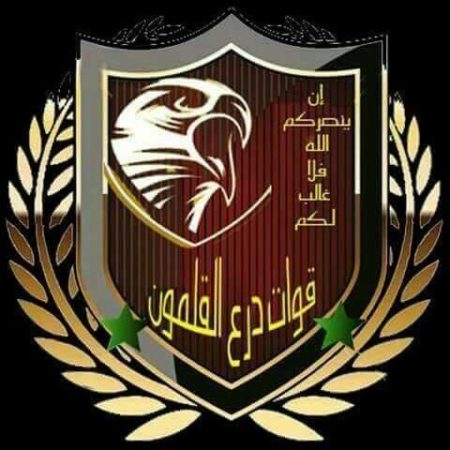

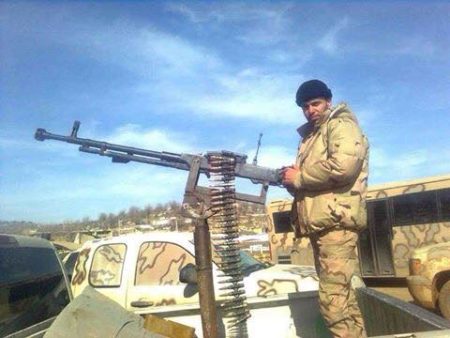
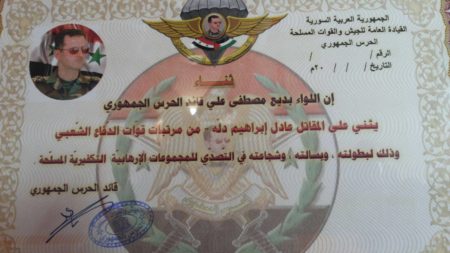

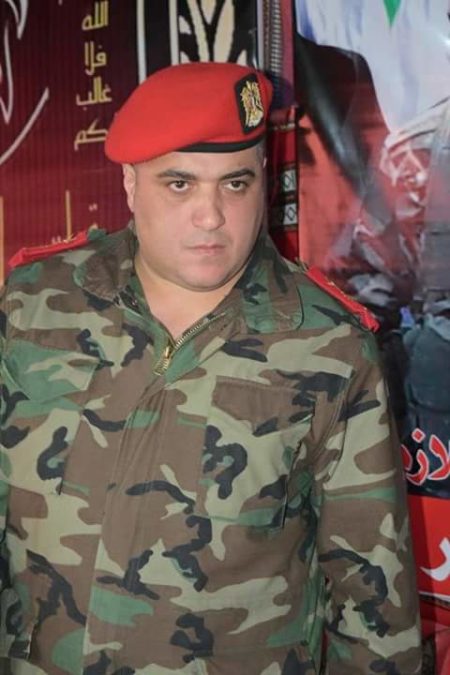












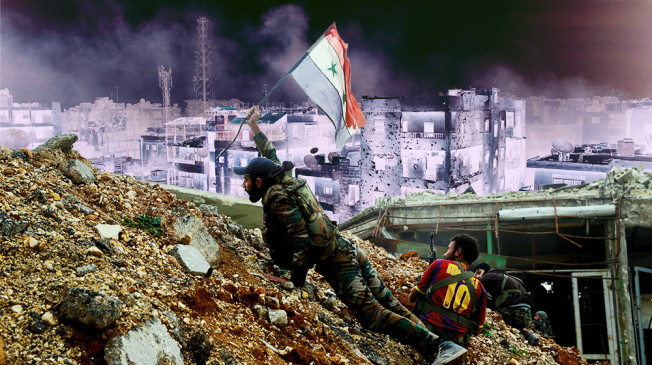
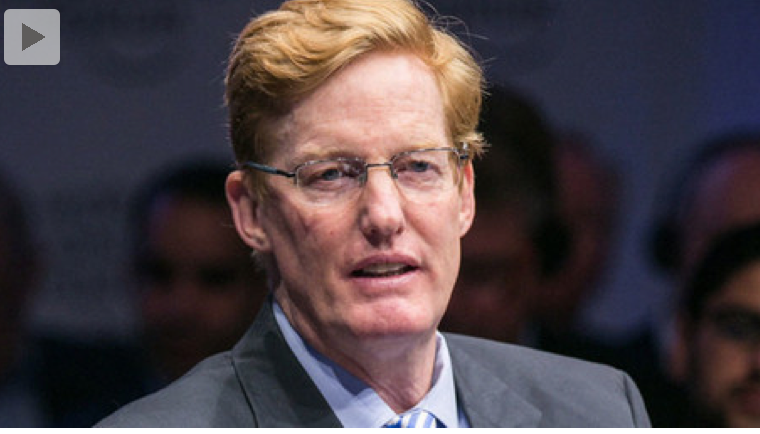 By
By 




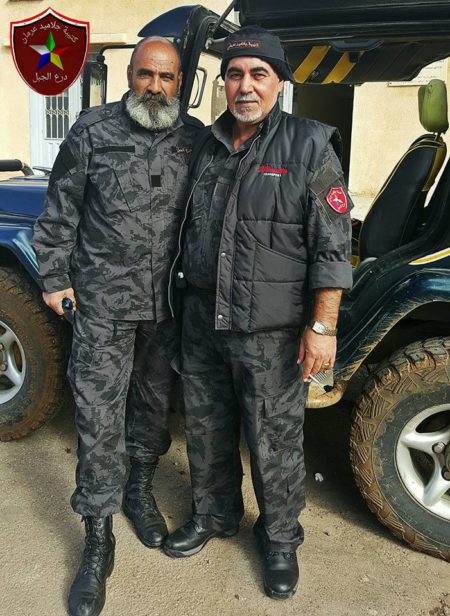

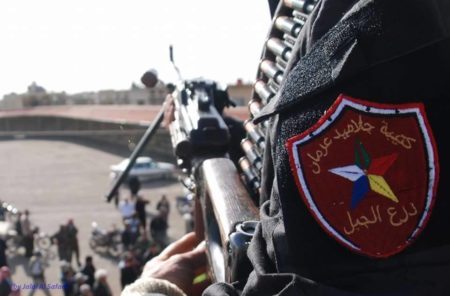
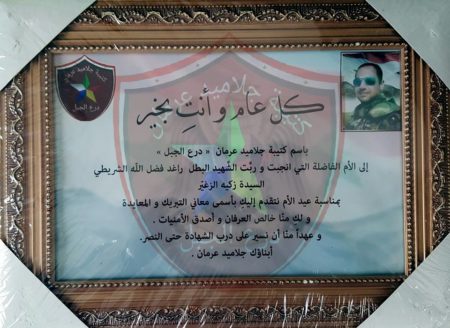




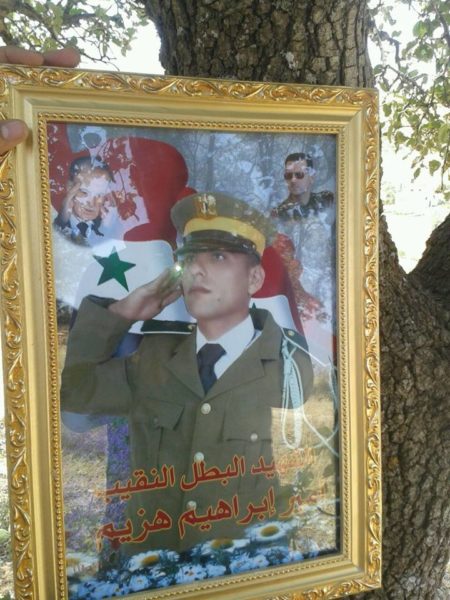







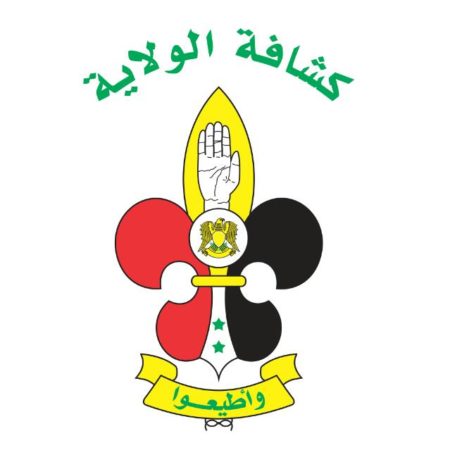


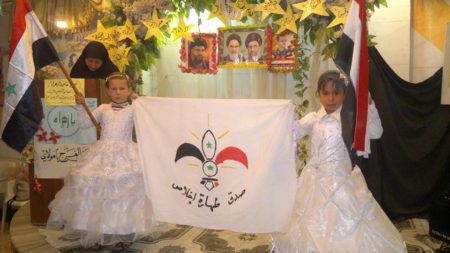
![Isis soldiers beheading five people charged with "spying for Syria's New Army and the Crusade forces. [sic]." Their heads were displayed on metal pegs (Facebook/Syrian Observatory for Human Rights)](http://web.archive.org./web/20170130013646im_/http://www.joshualandis.com/blog/wp-content/uploads/Screen-Shot-2016-12-18-at-6.48.02-AM.png)
